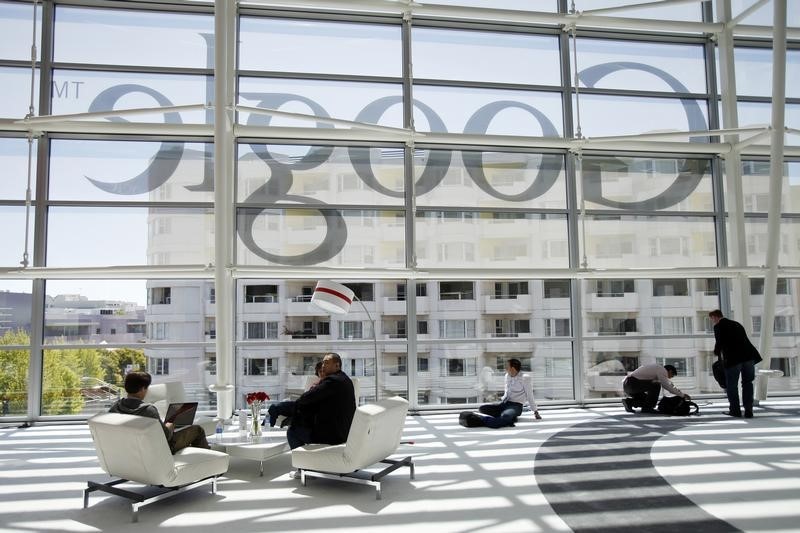This post was originally published on this site
https://i-invdn-com.investing.com/trkd-images/LYNXMPEJ0T0EY_L.jpg
This week promises to be one of the most action-packed in a while. Three of the world’s most influential central banks are likely to raise rates to their highest since the financial crisis, while Q4 earnings season is starting to gather pace.
Big Tech royalty in the form of Apple (NASDAQ:AAPL), Alphabet (NASDAQ:GOOGL) and Amazon (NASDAQ:AMZN) deliver earnings. With the tech sector bleeding profitability and jobs, whatever these three say on that front could carry almost as much weight as whatever the Federal Reserve says when it pronounces on the economic outlook on Wednesday.
With 109 of the S&P’s 500 components set to report in the coming five days alone, investors are going to get a non-stop barrage of hot takes on anything from inflation to the impact of the gyrations of the dollar, to China and beyond.
The euphoria that marked the end of 2022, fed by China dismantling its COVID restrictions and more benign energy prices, has carried through this month, despite a decidedly gloomy earnings season and an insistence among central bankers that high inflation isn’t going anywhere any time soon.
The S&P itself is heading for a 6.1% rise this month – which would mark its best January since 2019. The first month of the year tends to be one of the strongest anyway, according to Refinitiv data.
In the last 94 years, the S&P has risen by 1.2% on average in January, compared with an average rise of 1.3% in December, the month with the highest returns.
One of the major boosts that the stock market has enjoyed this January has been the seemingly cast-iron conviction among traders and investors that the Fed, while not bluffing exactly, won’t raise rates as much as policymakers say they will, and that inflation won’t prove nearly as sticky.
This has translated into a near 30 basis-point drop in 10-year Treasury yields and the S&P hasn’t got as much bang for its buck in the month of January from a drop in yields like this in recent memory.
Even in strong Januarys, such as that of 2019, when the index rose by 7%, 10-year yields fell only 6 bps. In January 1987, when the index rose 13%, yields fell just 6 bps.
With so much riding on the Fed being wrong and the markets being right about the outlook for monetary policy, there would appear to be a lot more scope than usual for equity bulls to get a smack in the face from anything that might force a rethink on where U.S. rates might peak.
Graphic: The race to raise rates (https://www.reuters.com/graphics/CANADA-CENBANK/zjvqjebewpx/chart_eikon.jpg)
Key developments that should provide more direction to markets on Monday:
– Dallas Fed Manufacturing Business Index January -18.8 prior
– Dallas Fed PCE 3.4% prior
– German economy unexpectedly shrinks in Q4

